For every Vietnamese, April 30, 1975 is a momentous day. It was the day when the North and the South reunited, the country was united. Nearly 50 years have passed, but every April, the echoes of history evoke countless emotions in the hearts of soldiers who fought in the battle in particular and the people of the whole country in general.
 Relics associated with the historic Ho Chi Minh campaign are carefully preserved by veteran Nguyen Van Tai.
Relics associated with the historic Ho Chi Minh campaign are carefully preserved by veteran Nguyen Van Tai.
Honored to be in the army participating in capturing important positions in the historic Ho Chi Minh campaign, veteran Nguyen Van Tai, Binh Tay village, Hoang Thinh commune (Hoang Hoa) still remembers clearly the days of fighting. Looking back in time, veteran Nguyen Van Tai recalls: “I joined the army in June 1974, after 5 months of training, we marched into the Southeast region. As a special forces soldier, I participated in many large and small battles, but the most memorable was the battle on April 17, 1975. After receiving orders from superiors, my unit attacked the enemy's blockade in Tan Chau hamlet, Ben Luc district, Long An province. The requirement of the battle was to destroy the enemy's post, so the battle lasted from 5 am to 10 am. Although our army was small, with our bravery, intelligence and determination, we still controlled the battle. In this battle, my unit had 3 comrades sacrificed, one of whom was my uncle and the other was my uncle's brother who was lost and returned to the unit 3 days later.
From Company 3, Regiment 117, Division 2 of the Southeast Special Forces, after a period of fighting, veteran Nguyen Van Tai transferred to Company 18, Regiment 117. On April 24, 1975, his unit continued to receive the mission of attacking Phu Lam Radar Station in District 6, Saigon - a major enemy target. “From Ben Luc district, we both marched and fought. After many fierce battles, we won every battle. At noon on April 30, we arrived at Phu Lam Radar Station, at this time the enemy here was weakly resisting, they had fled on many roads. Immediately after that, we received news of victory from the battlefield, the whole unit was indescribably happy. The soldiers cheered and hugged each other, crying in overwhelming happiness,” veteran Nguyen Van Tai recounted.
Having fought in the battlefields, faced life and death and been lucky enough to witness the moment of national reunification, the soldiers who participated in the historic Ho Chi Minh campaign always felt honored and proud. Over the years, the stories of the soldiers still revolve around the exploits from all the battlefields. Sharing with us, the boiling atmosphere of a time of fire and bullets was recreated through the memories of veteran Le Hong Tao, from But Son town (Hoang Hoa). Veteran Le Hong Tao said: “On the night of April 7 and early morning of April 8, 1975, my unit, Company 1, Battalion 40, Regiment 116, Division 27 of the Southeast region, received orders to attack the Armored Officer School at Nuoc Trong base - a relatively large enemy base in Long Thanh district, Dong Nai province. This base was solidly deployed by the enemy with a system of barbed wire fences and mines. This was a very fierce battle because before our army was about to open fire to attack, the enemy discovered it and called for reinforcements from many places, forcing our army to retreat. In this battle, many of our soldiers were killed and wounded." Speaking of this, veteran Le Hong Tao choked up because many of his comrades had to stay behind.
As a special forces unit, Mr. Tao and his comrades attacked and blocked, preventing the enemy from counterattacking. On April 27, 1975, his unit received orders to participate in capturing the areas surrounding the Long Binh General Depot - the largest bomb and ammunition depot of the US military. From the evening of April 28 to April 29, his unit completed this important mission. Veteran Le Hong Tao continued: “After capturing the Long Binh General Depot, on the morning of April 30, the Southeast Command assigned a number of comrades with combat achievements to coordinate with the tank troops of the 2nd Corps to advance straight to liberate Saigon. I was honored to be selected by the unit to participate. At around 11:00 a.m. on April 30, my tank and other tanks of the 2nd Corps simultaneously advanced straight to the Independence Palace. Because the flag-planting task had been assigned to another unit, even though we arrived earlier, we were not allowed to plant the flag, but instead turned to attack and occupy the Ministry of Civil Affairs and Repatriation, then continued to attack and occupy the Saigon Radio Station. But when we arrived, the Saigon Radio Station had been occupied by another unit. At 11:30 a.m. on April 30, 1975, the victory flag of the National Liberation Front of South Vietnam flew on the roof of the Independence Palace - the last stronghold of the Saigon puppet regime, marking the historic moment of the victorious end of the resistance war against the US to save the country.
During the 21-year long resistance war against the American imperialists, Thanh Hoa was a great rear base providing manpower and resources to the battlefields. With the spirit of “Splitting Truong Son to save the country”, the whole province had 250,000 outstanding young people and tens of thousands of cadres and party members joining the army and youth volunteers on the fronts and battlefields in the South.
In particular, from mid-1974, the revolutionary situation in the South changed rapidly, the news of consecutive victories resounding on the battlefield sparked the movement of "Joining the army to support the liberation of the South" bustling throughout the districts and towns of Thanh Hoa. The recruitment day became a festival for everyone, every family, some families mobilized their 8th child to go to the front. In February 1975 alone, Thanh Hoa recruited 17,959 new soldiers in the first round, exceeding the year's target by 20%. The slogans "All for the front line", "All for the liberation of the South" were hung on every street.
The great victory in the spring of 1975 is not only a brilliant milestone in the history of the Vietnamese people but also an immortal heroic epic of humanity. For more than two decades, a small nation bravely and steadfastly fought against a powerful, aggressive, and militarily powerful invader and achieved a glorious victory, opening a new era: the era of national independence and socialism. That was something that humanity at that time could not have imagined.
Article and photos: To Phuong
Source





![[Photo] Visiting Cu Chi Tunnels - a heroic underground feat](https://vstatic.vietnam.vn/vietnam/resource/IMAGE/2025/4/8/06cb489403514b878768dd7262daba0b)


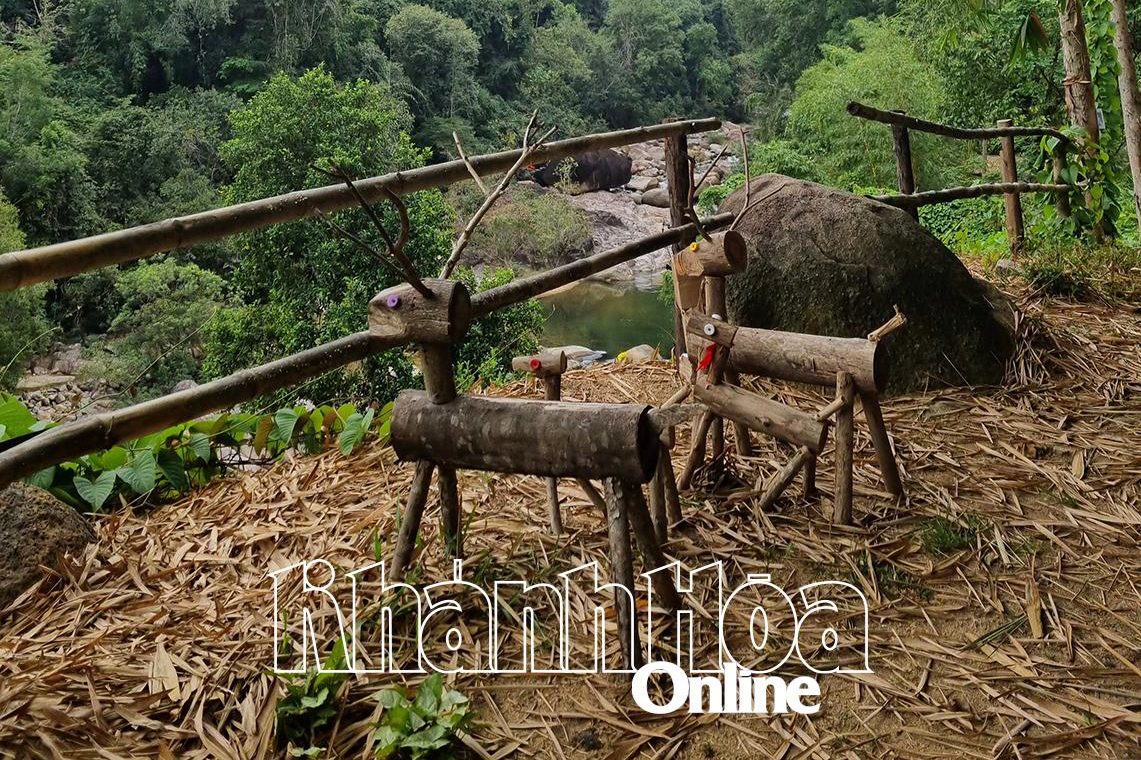


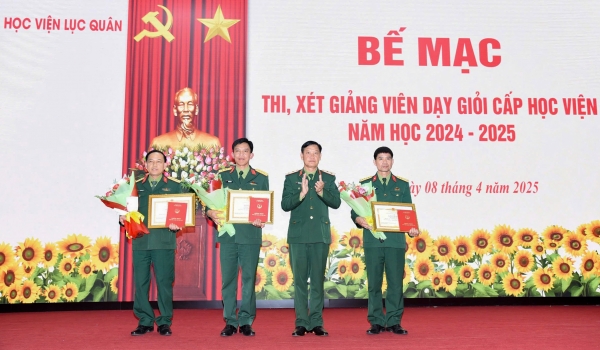
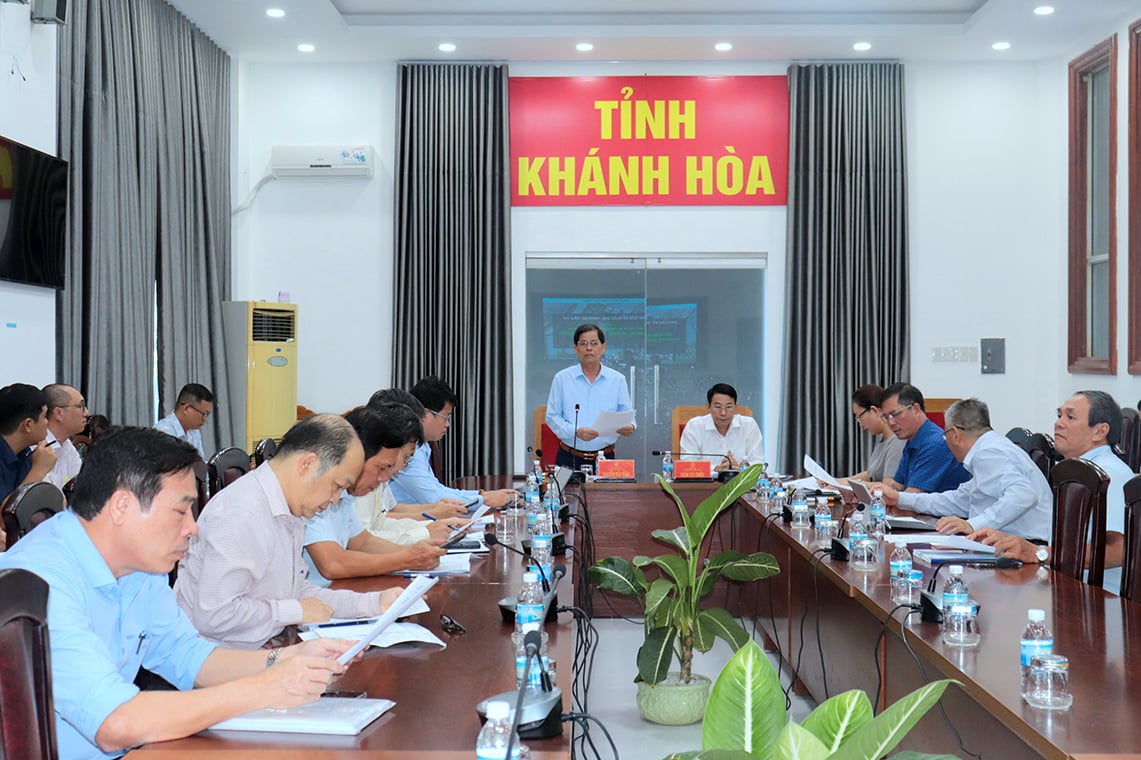

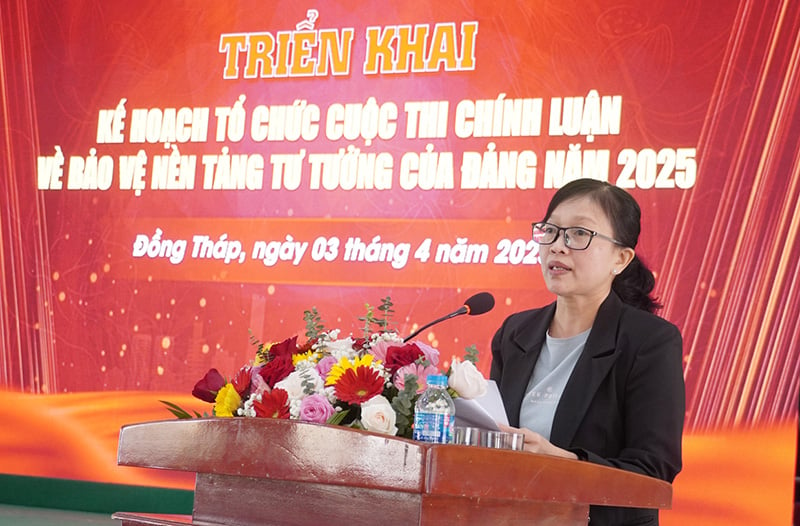
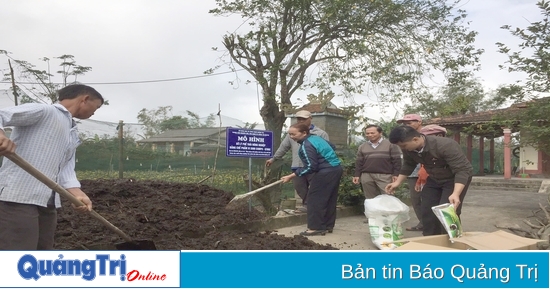

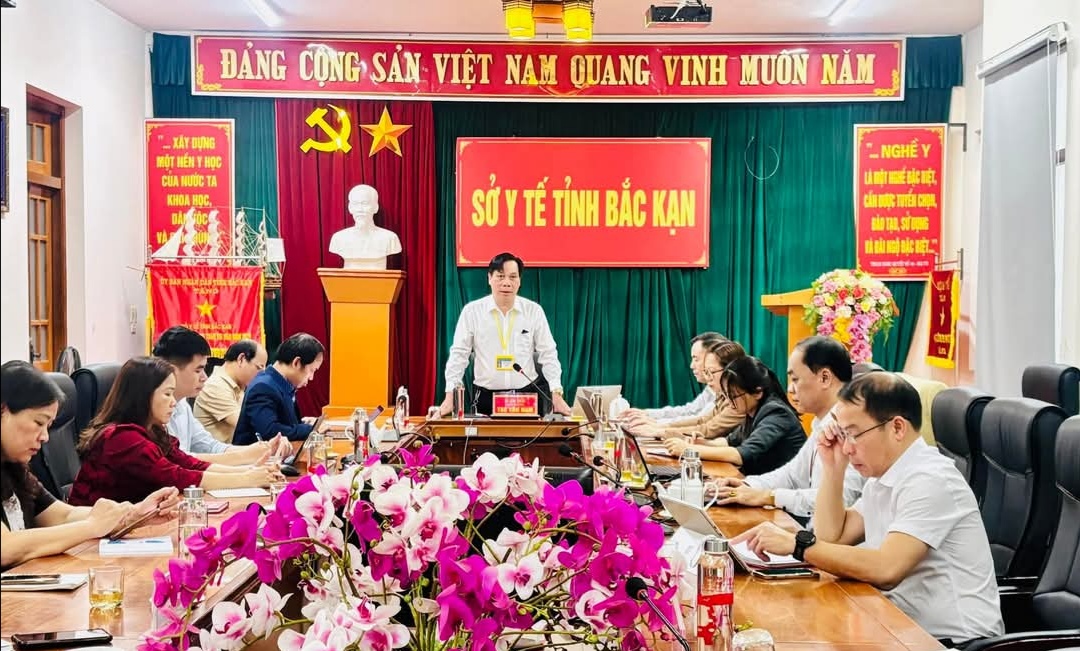
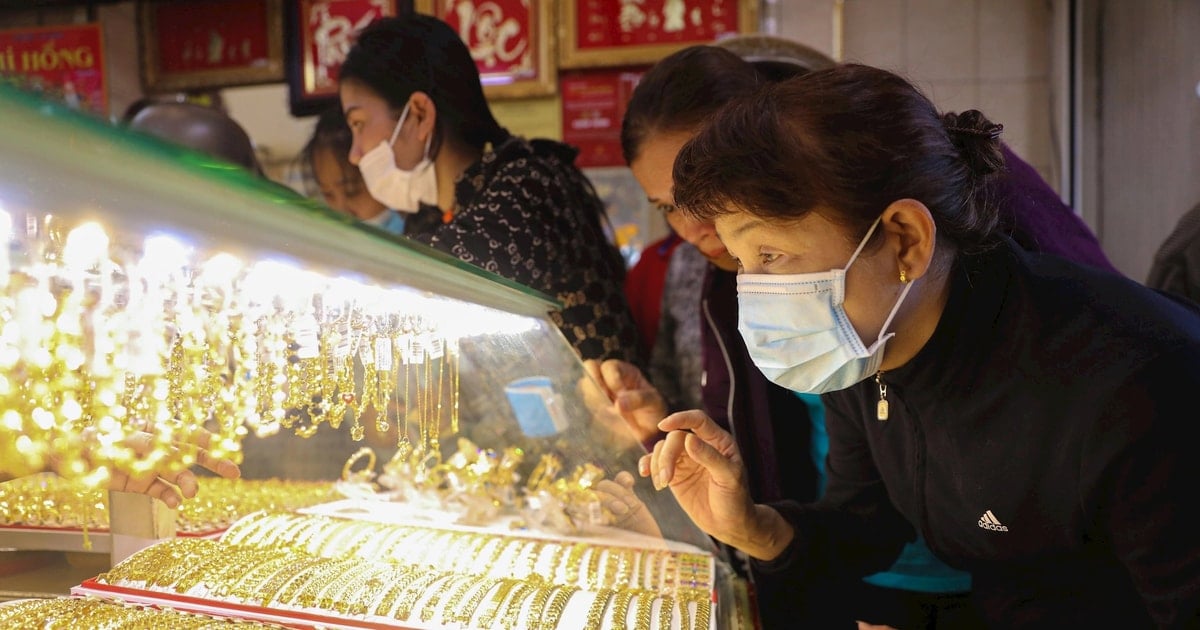


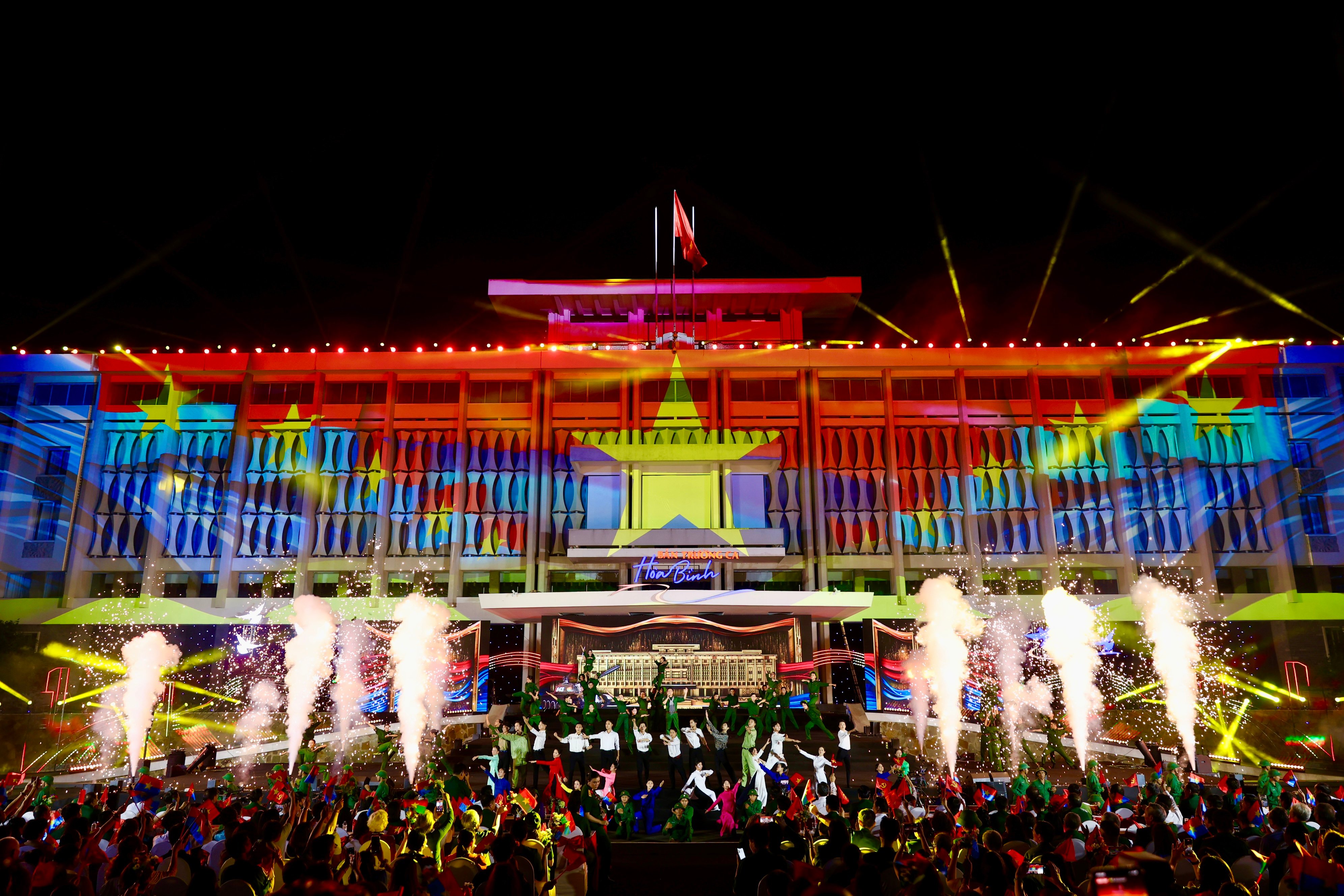
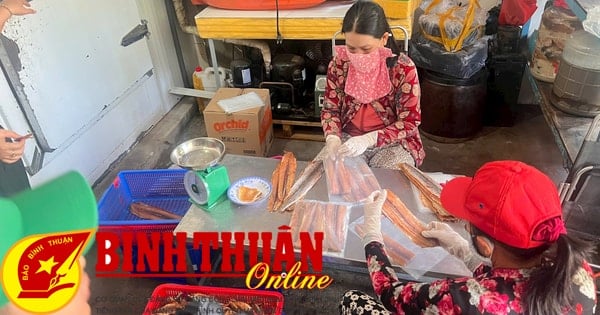

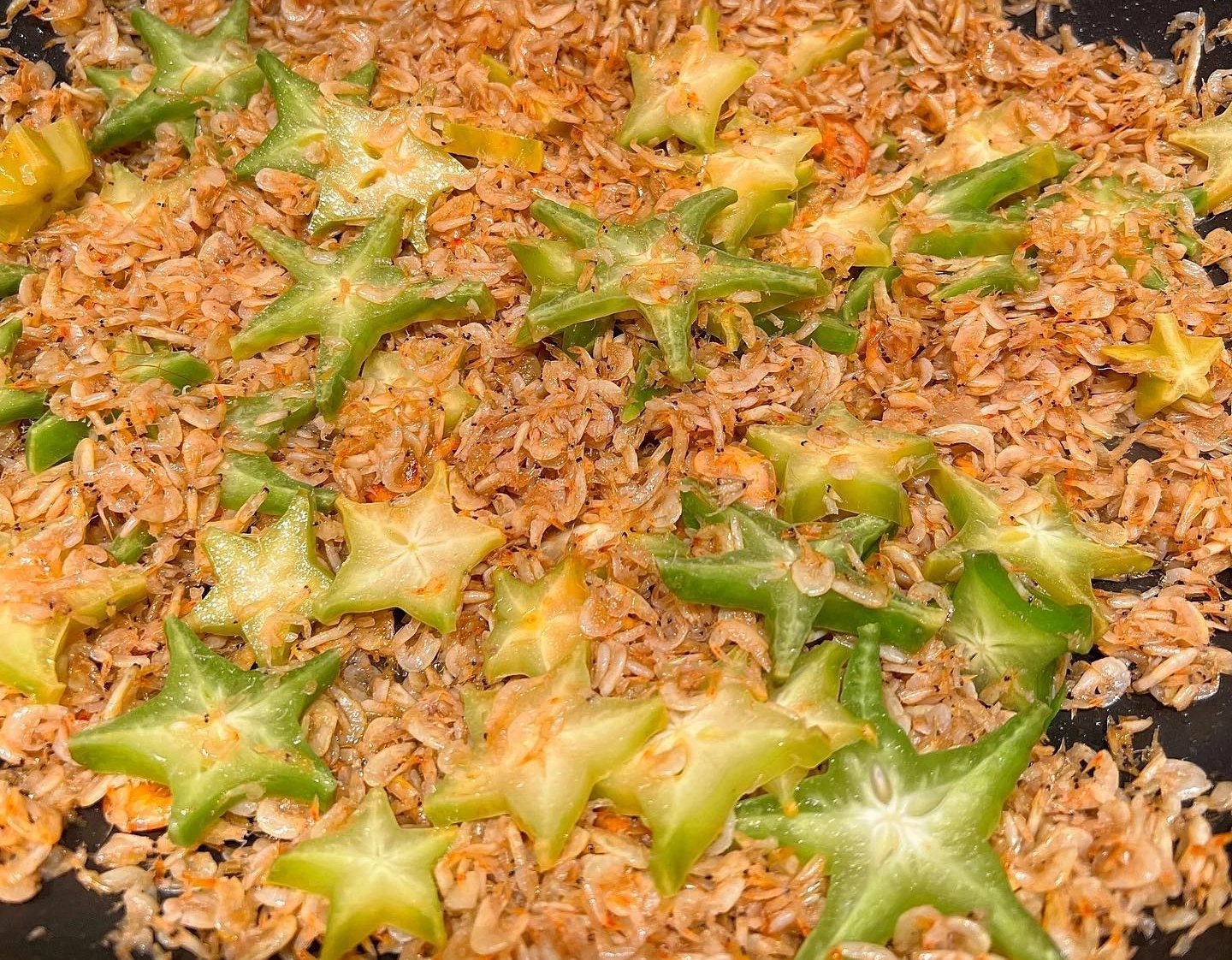

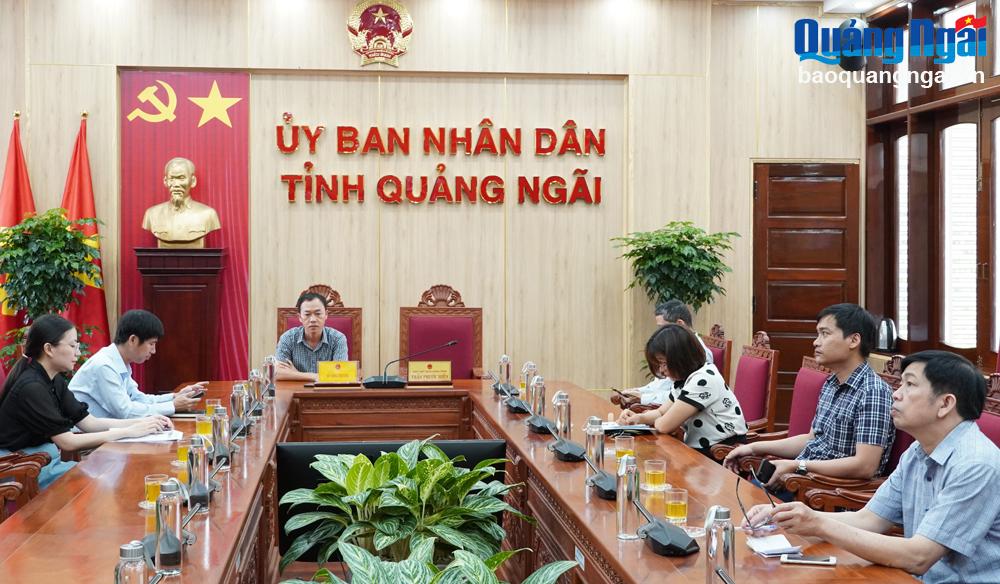
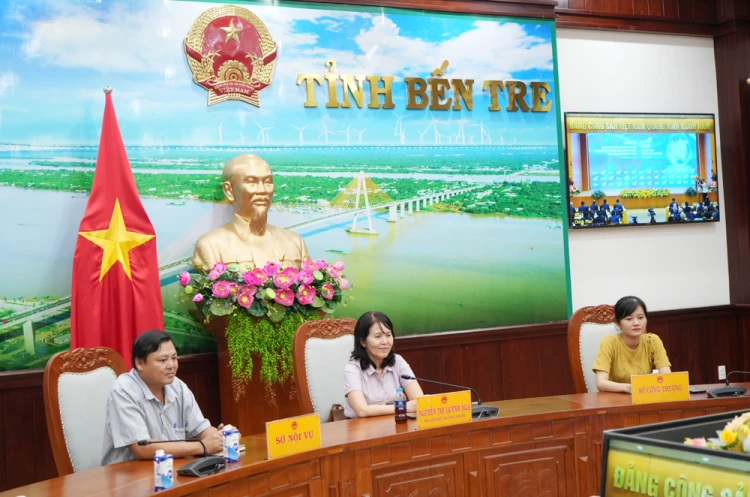

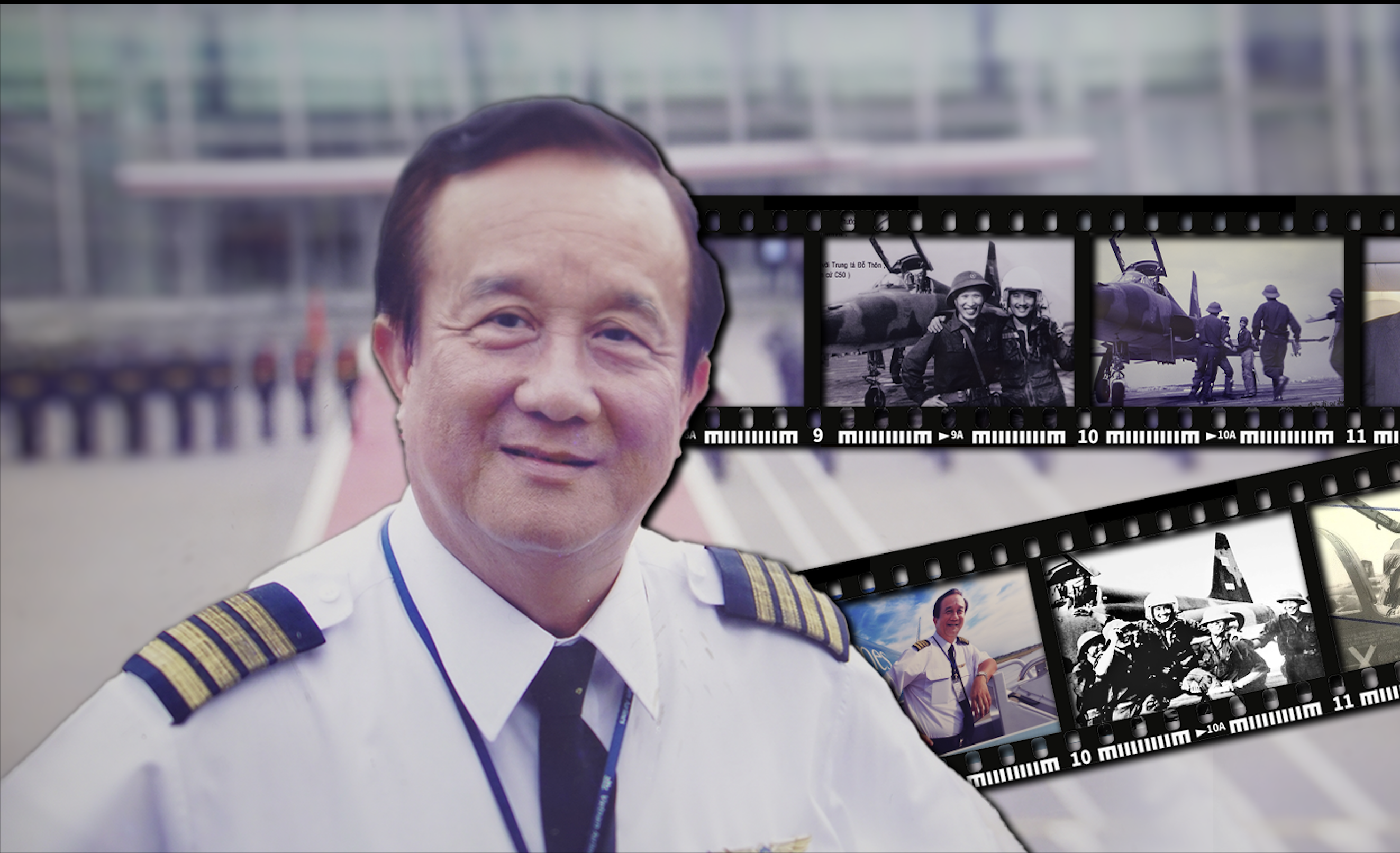


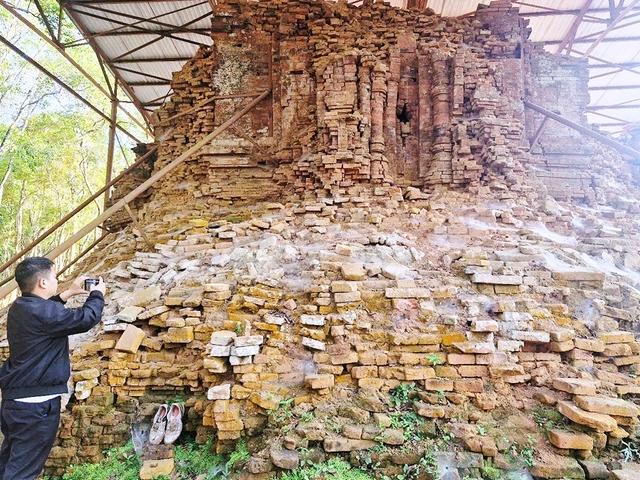



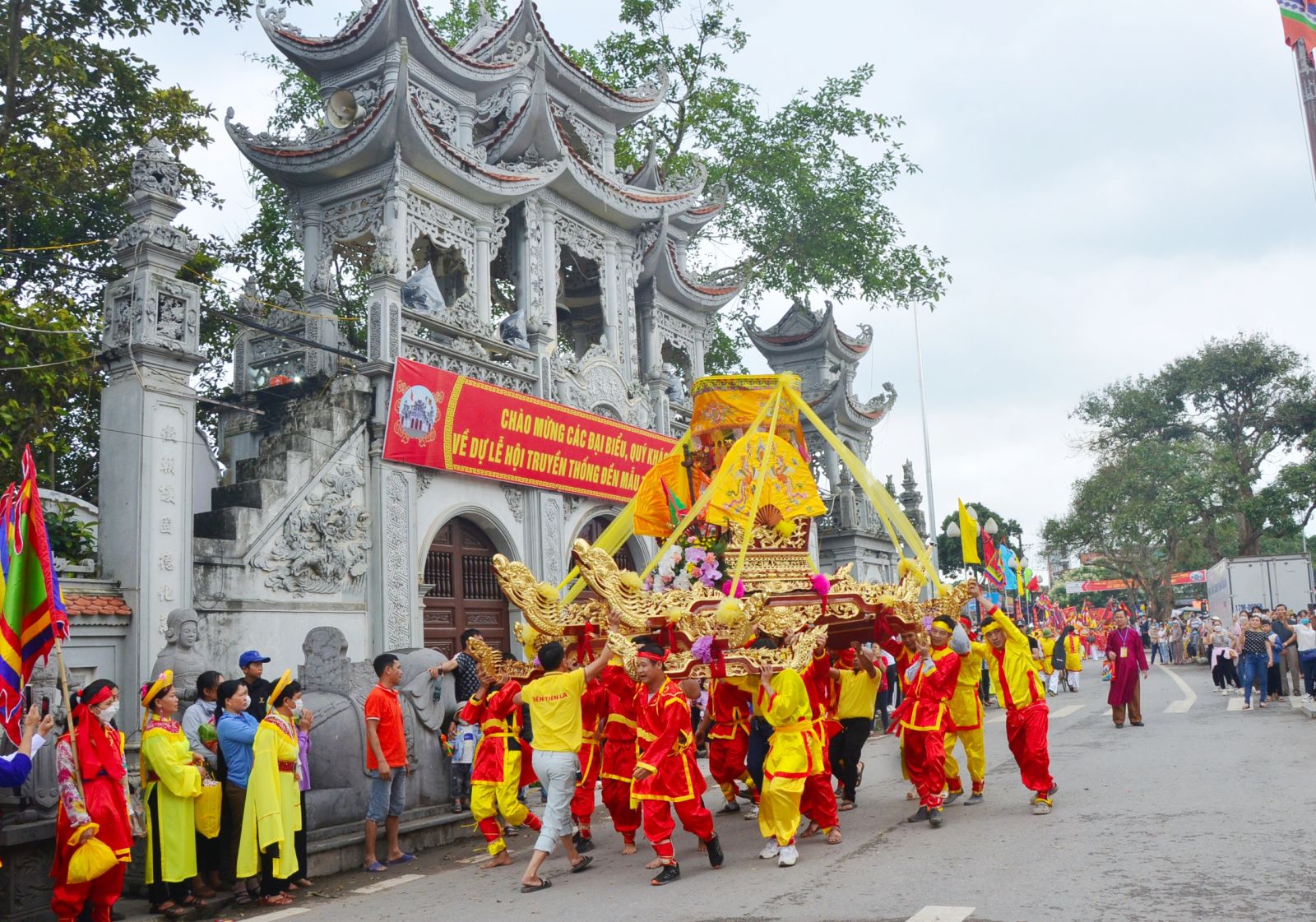

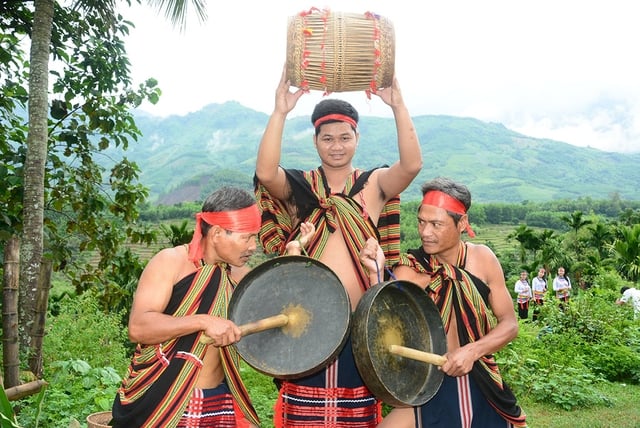





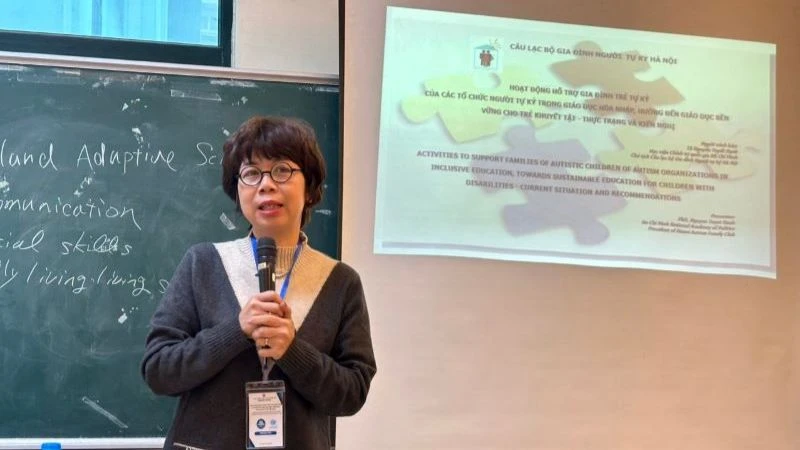



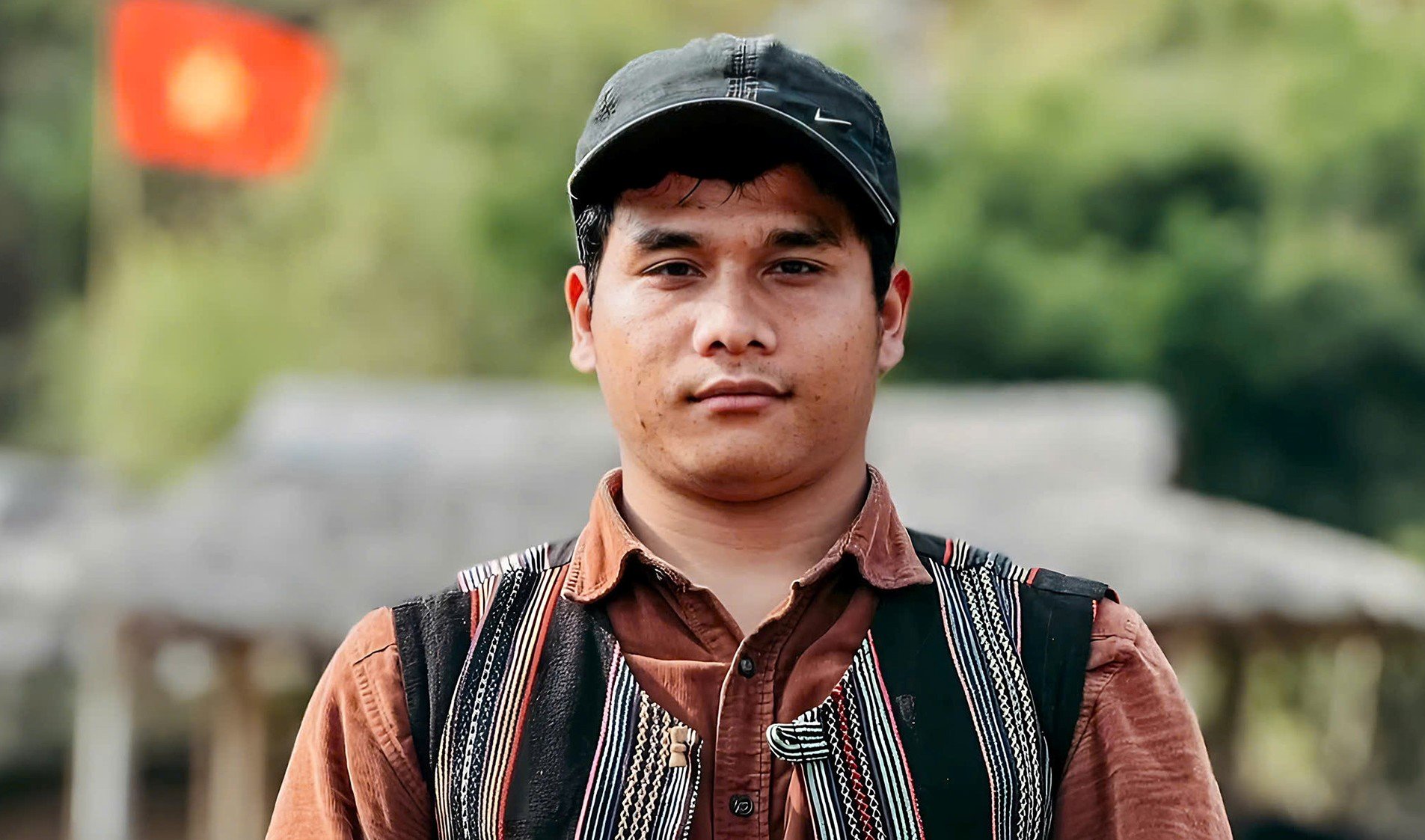

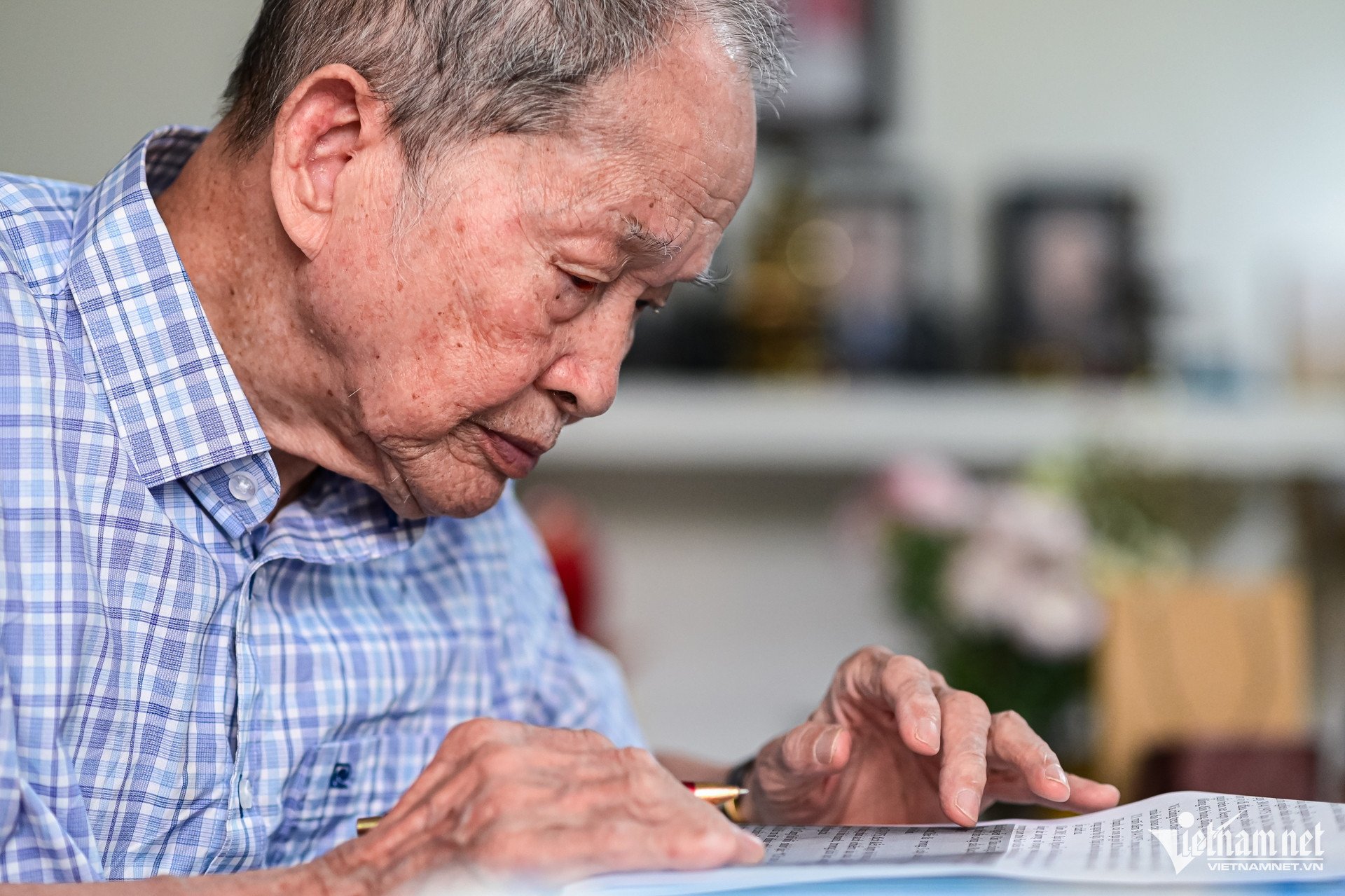
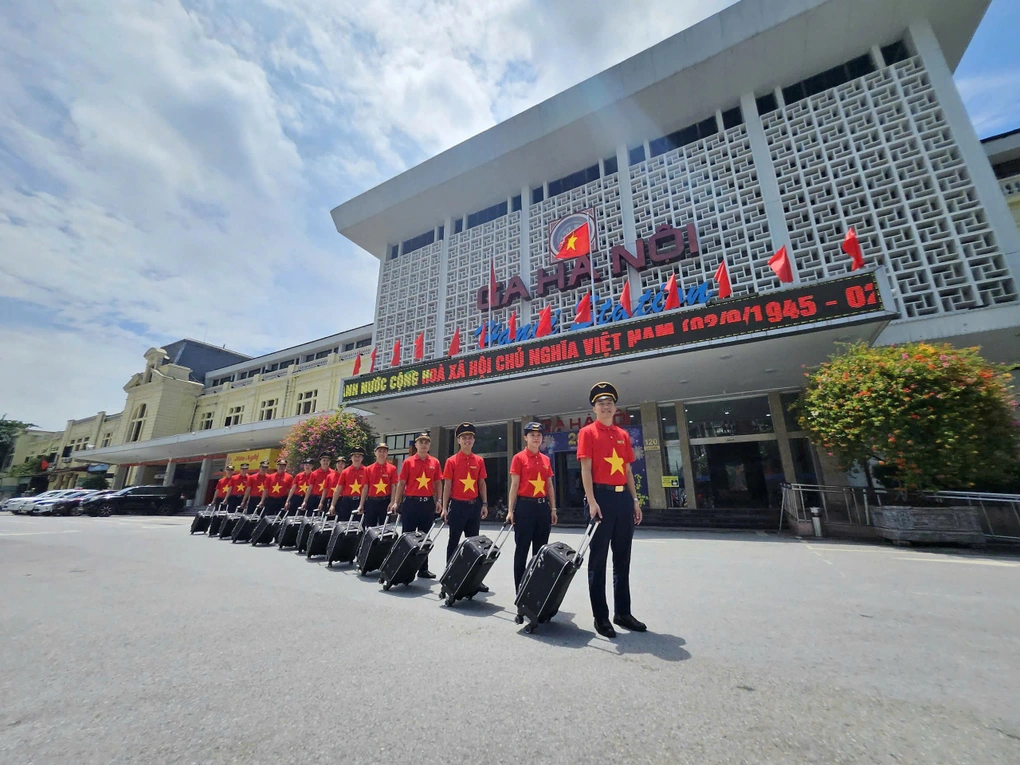








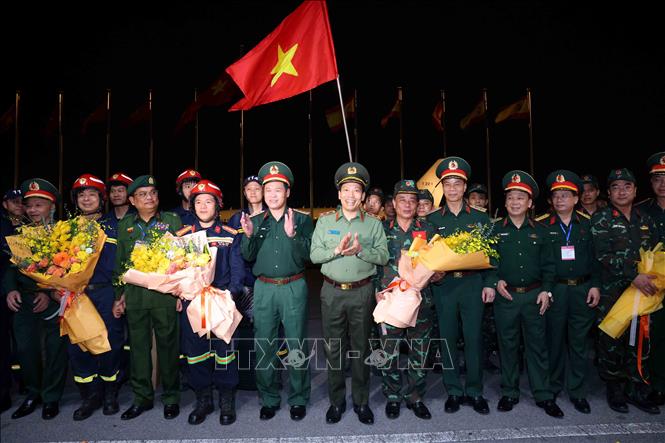
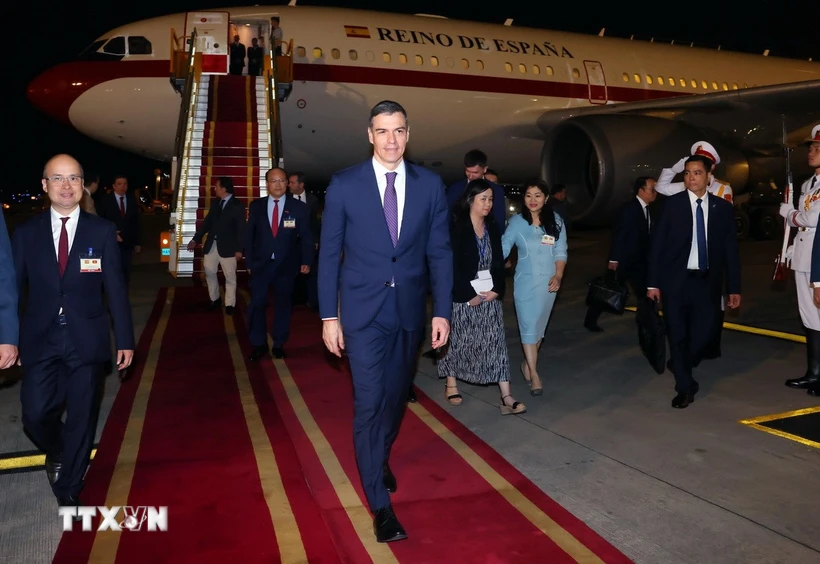


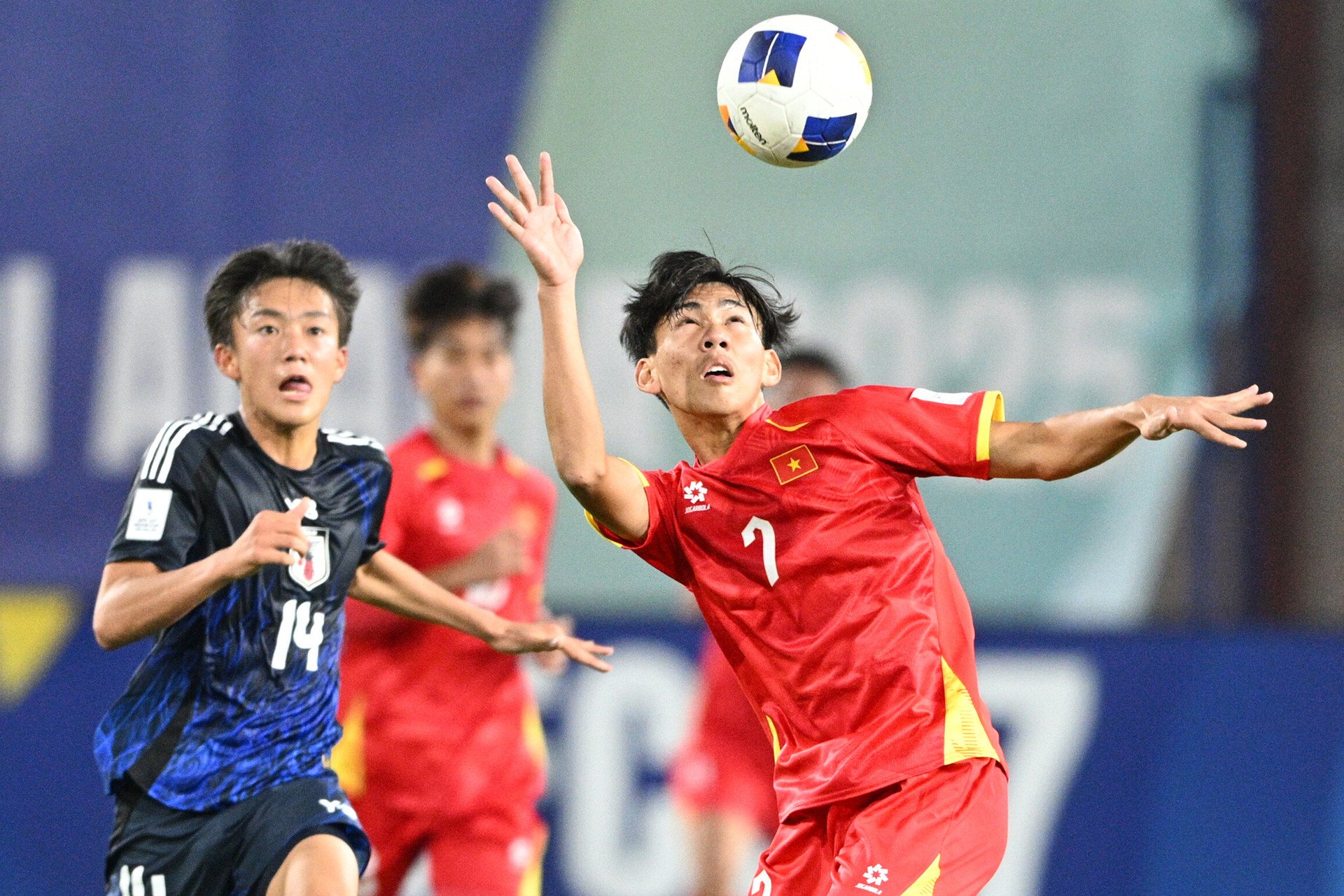
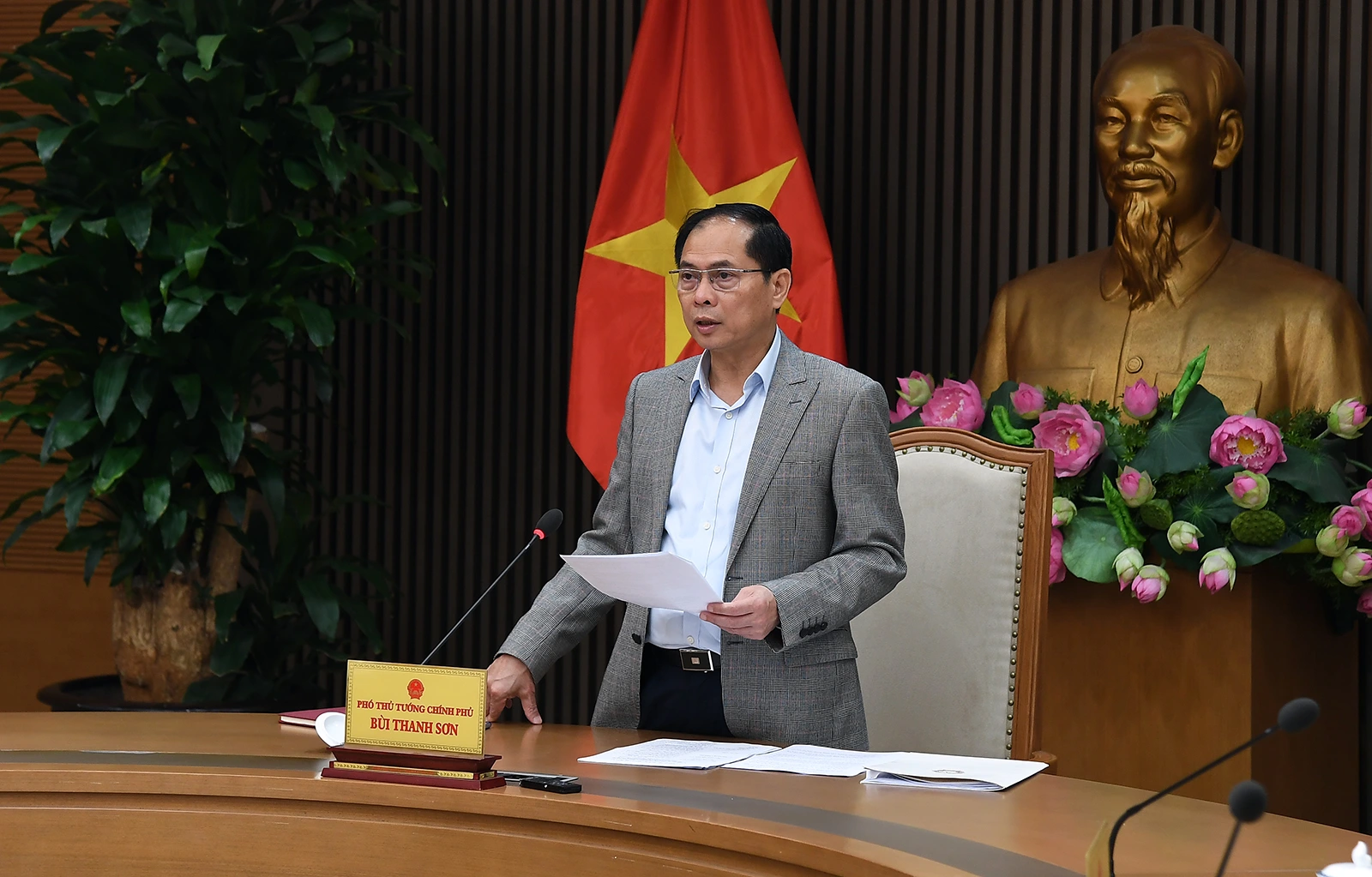














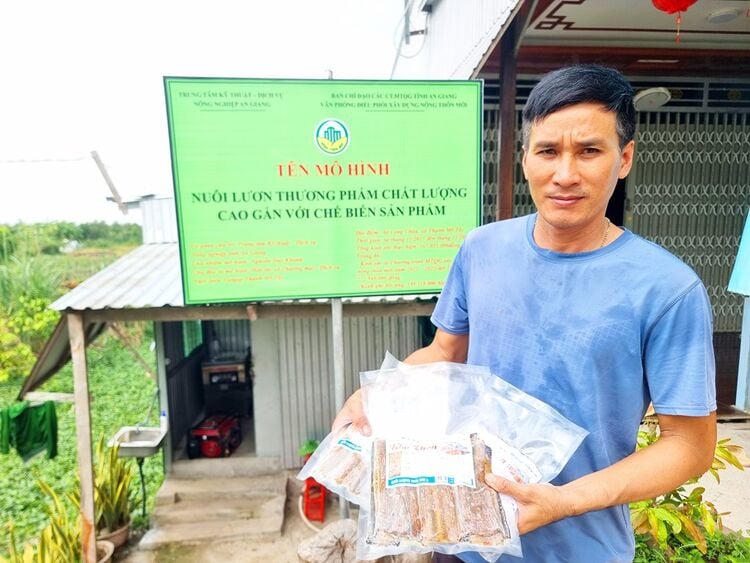
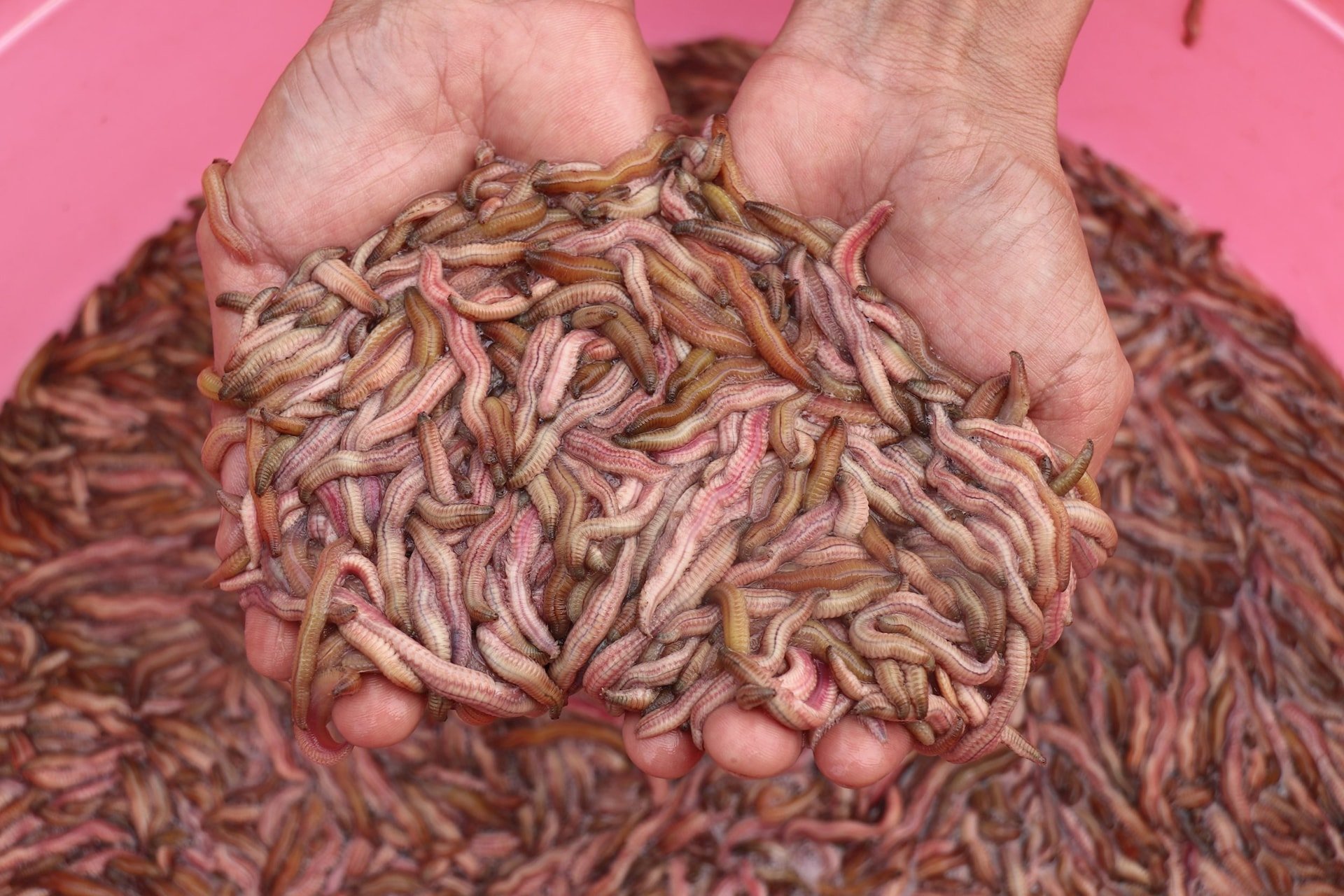
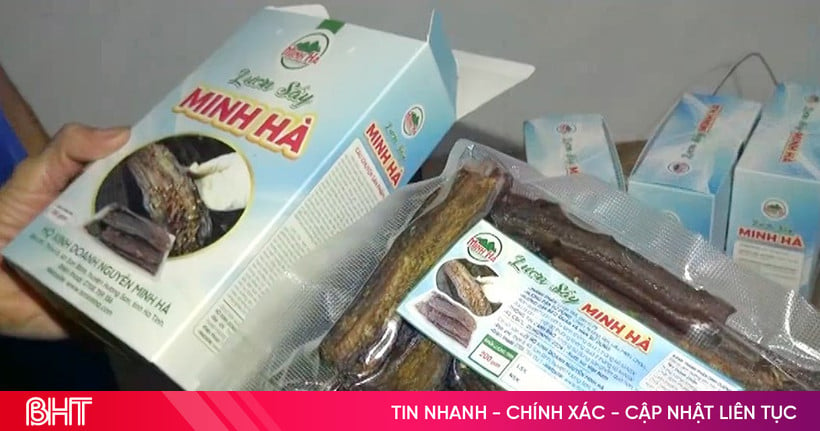

Comment (0)